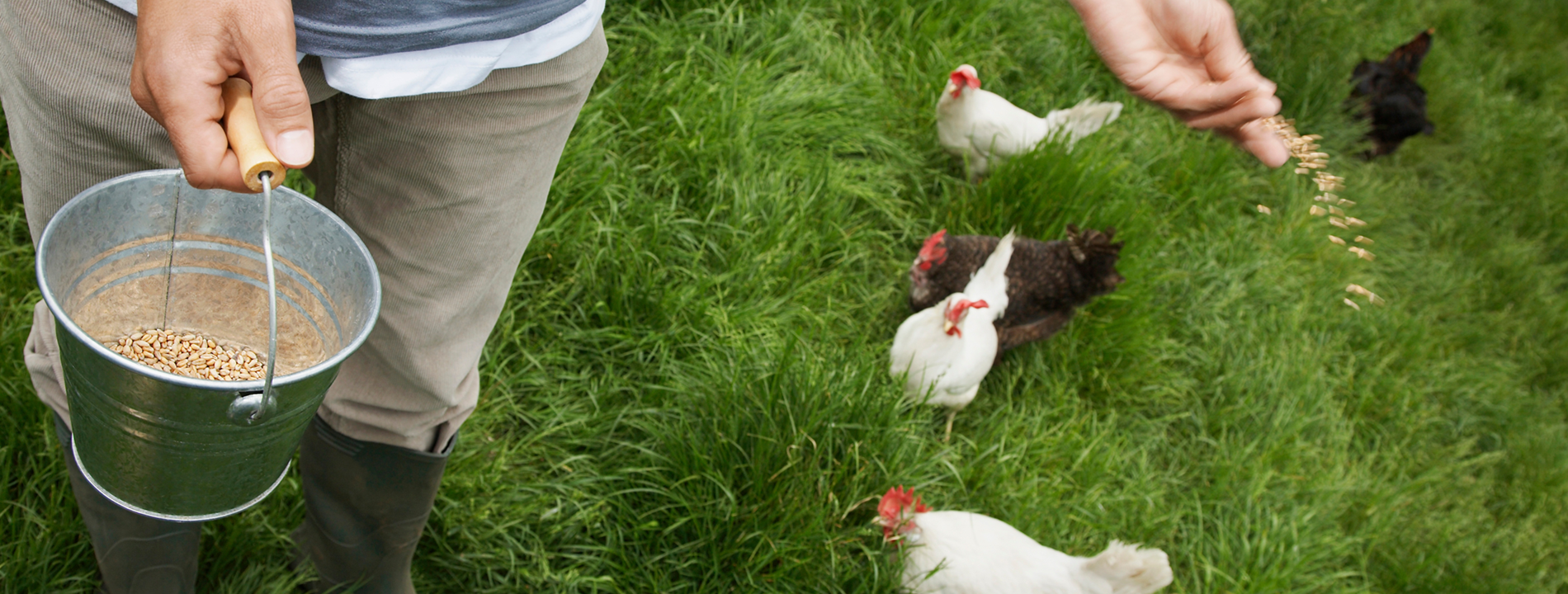Key Messages
• Avian influenza is a viral disease, the high pathogenic strains can cause severe illness or death in some poultry and wild bird species.
• As a Notifiable Animal Disease, it must be reported immediately to authorities.
• Discover how EPIC contributes to our understanding of Avian Influenza with veterinary risk assessments, interactive dashboards, gene evolutionary studies and mathematical modelling.
Find out more about bird flu
Since the end of 2021, a highly infectious strain of avian influenza virus (H5N1) has caused multiple outbreaks in domestic poultry and wild birds across Scotland, in other parts of the UK, and internationally.
Avian influenza viruses have been around for a very long time, but the Highly Pathogenic Avian Influenza (HPAI) virus strain (H5N1, clade 2.3.4.4b) that has been circulating in birds across much of the globe since 2021 has been the most long-lasting, widespread and severe on record. This highly pathogenic avian influenza (HPAI) virus causes more severe disease and higher mortality than other strains of bird flu. The impact of the disease, directly through illness and death, and indirectly from interventions to control the disease, has huge implications for the poultry sector, the economy, and wider society.
"[...] Avian Influenza is indeed a true One Health challenge, significantly affecting not only the poultry sector but also leaving a lasting impact on conservation and the environment, especially when wild birds are brought into the equation."
Exploring EPIC’s Impact: Tackling Avian Influenza
Expertise on Animal Disease Outbreaks (EPIC) have been working with government policy teams and the poultry industry to predict the spread of the disease and prioritise control strategies.
Veterinary Risk Assessments: evaluating risks and challenges
EPIC’s researchers have produced a risk assessment for the Scottish Government which considers the removal of bird carcasses as a mitigation strategy to reduce onward transmission of the virus to wild birds, other wildlife and captive birds. The current risk assessment is available online and is updated as new evidence becomes available.
Interactive dashboard: predicting the transmission
EPIC has developed an interactive avian influenza (AI) webtool to (i) support information sharing and decision-making within and outside EPIC, (ii) facilitate communication with policymakers and (iii) remove accessibility barriers as it can be easily shared and opened in a browser. The dashboard maps observed outbreaks in poultry/(non-) avian wildlife, visualises epidemic curves, and allows filtering/downloading of data. Currently, the data is used to determine hotspots of outbreaks in space and time, to generate relative risk maps to predict patterns of AIV transmission, and to support focussed preventative and control measures.
Stay tuned for an upcoming interactive map on our website.
Phylogenetics: the evolution of infectious diseases
To further investigate and track highly pathogenic avian influenza viruses as they come into the UK and Scotland, EPIC uses viral sequence data combined with spatial data. By analysing mutations in the genome of the pathogen, we can track how the pathogen moves between regions, between species, or even between individual farms or animals. The avian influenza virus has a segmented genome; combining data on the genetics of the avian influenza virus and patterns of disease occurrence to track the evolution of the outbreak strain, EPIC seeks to understand changes across space and time, and estimate the speed of spread. This information is then used to enhance the outbreak hotspot risk map and AIV transmission predictions.
Mathematical modelling: understanding the disease spread
EPIC modellers developed new epidemiological models to simulate the incursion and spread of avian influenza in wild bird populations and Scottish poultry farms. These models account for risk factors such as migratory wild bird flyways, distance of poultry farms from water sources shared with wild bird populations, environmental contamination with the avian influenza virus, and indirect spatial spread of the virus between neighbouring farms. Results from these models are helpful in planning prevention and control strategies in the event of an outbreak. During an outbreak, these models can also be used to predict the risk of disease spread to particular areas and farms.
Further information

